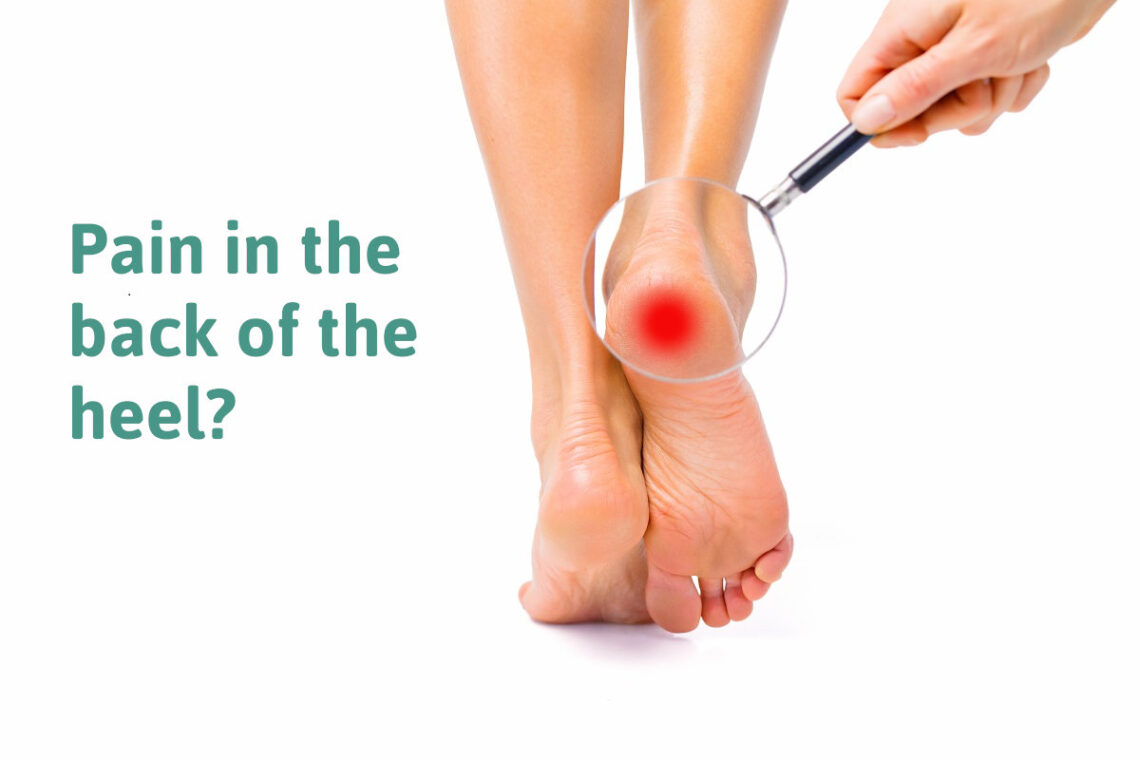

Heel pain is one of the most common foot complaints. Plantar fasciitis, which is a thick band of tissue that connects to the heel on the bottom of your foot, is more frequent to experience pain rather than on the back of the heel. We will discuss what are the various conditions that cause pain on the back of the heel and what treatment options are available. For many of you what we discuss will differ from a lot of the conventional ideas and treatments you may have heard about. If you’ve heard that surgery may be needed for this condition, and you want to avoid it, this blog is for you. To understand our approach, we need to start with what is the cause.
The root cause of pain in the back of the heel.
There are three primary types of heel pain. The diagnoses that we will discuss, Haglund’s deformity, retro calcaneal spurs and Achilles tendonitis.
When you walk your foot pronates and supinates. With pronation that occurs from heel strike to the point where the ball of your foot has your body weight transferred onto it, the heel bone rolls inward. Then when you start to propel forward and roll up on the ball of the foot the heel bone is rolling outward. This twisting torsion is thought to cause friction between the Achilles tendon and the back of the heel bone. If you look at the back of your heel the lower half of the heel is where the Achilles tendon is attached, and the upper half is where it can rub against the bone. This rubbing is thought to be the source of the three primary diagnosis. This rubbing can create a breakdown, damage, to the Achilles tendon either where it begins to attach to the bone or just above this area where the bone rubs against it. Microtears are thought be created within the tendon when this occurs. Or in the situation with Haglund’s deformity or a retrocalcaneal spur extra bone will be created that is seen on x-ray.
- Haglund’s deformity- this term is used to refer to an enlargement on the back of the heel in the area where the Achilles attaches to the back of the heel bone. This bump tends to be towards the outside of the back of the heel adjacent to the Achilles tendon, however it can be located throughout the back of the heel bone making it appear to be larger than normal. This can be seen on x-ray.
- Retro-calcaneal spur- This is a condition where there is a spur on the back of the heel bone where the Achilles tendon attaches to the heel. This can be seen on an x-ray. Clinically the size of the spur may not present as large as Haglund’s deformity on the back of the heel. The pain is right beneath the Achilles tendon on the back of the heel. Whereas Haglund’s deformity tends to not only cause pain directly over the Achilles area but also on one or both sides of the heel bone adjacent to the Achilles.
- Achilles tendonitis– Of the tendons and muscles in the foot and ankle the Achilles tendon is very important. It’s the largest tendon in your body and important for normal ambulation. It connects the calf muscle to the foot. The two calf muscles attach to the Achilles tendon. This occurs when there is pain and swelling on the Achilles tendon on the back of the heel bone. X-rays will not show any boney abnormality which eliminates the diagnosis of Haglund’s deformity or a retrocalcaneal spur.
- Achilles bursitis- This is a condition that causes pain between the heel bone and the Achilles tendon. For some this condition is created by the Achilles tendon rubbing against the heel bone. The fluid filled sac called a bursa evolves as a reaction to this. Much like a blister on your skin when the skin is rubbed a lot. Treatment for this can be resting anti-inflammatories aor a cortisone injection.
- Severs’ disease– this happens before the foot is fully grown. Children will frequently complain of pain in the back of the heel. It will usually occur with activity and go away when inactive. It’s a frequent complaint when they start sports such as soccer, basketball, and volleyball. Another name for this is calcaneal apophysitis. The pain that occurs is from inflammation to the growth plate in the heel bone(calcaneus). Treatments may include anti-inflammatories, resting and immobilization. However, orthotics are the most successful option for many. These custom-made inserts support the foot and Achilles tendon area so that the connective tissue structures that attach to the heel bone are no longer causing tension on the growth plate.
Diagnosis of these conditions
- X-ray- this can help to determine if there is any extra bone present in the case of Haglund’s deformity or a retro calcaneal spur.
- Diagnostic ultrasound. This is useful to evaluate if there is damage to the Achilles tendon.
- MRI- This can give more detail than an ultrasound to evaluate the quality of the Achilles tendon.
- Clinical examination- There can be pain and swelling on the back of the heel. Shoe gear will tend to rub against this area and cause pain.
Treatment for Haglund’s deformity, retrocalcaneal spur and Achilles tendonitis.
Conventional treatments have included the following-
- Resting
- Icing
- Physical therapy
- Immobilization
- Non steroidal anti-inflammatory
- Orthotics
Be sure you have properly fitting shoes and supportive shoes . Avoid activities that require tight fitting shoes such as ski boots or ice skates. Trying over the counter shoe inserts may also help.
All of these can have a positive impact but may not be dealing with the root cause of the problem.
The root cause. As was mentioned earlier we now believe that the cause of pain on the back of the heel for most can be from the rubbing of the Achilles tendon against the heel bone. Yes, you may see an enlargement on the back of the heel and for some there may also be evidence of an extra amount of bone or a spur however our non surgical treatment success disputes that the bone is the problem. There are three options that we feel have the greatest chance to eliminate pain on the back of your heel and eliminate the need for surgery. MRI has proven the problem is with the tendon not the bone.
MRI- MRI has demystified why we have so much success with our treatments and can almost eliminate surgery. MRI has constantly shown us that there is no inflammation to the tendon which would indicate tendonitis but rather the findings are more consistent with micro tearing of the tendon. This indicates breakdown of the tendon on a microscopic level.
Here are the big three treatments to prevent surgery for pain in the back of the heel
- Orthotics- by very precising controlling the torsion(rolling) of your heel bone against the Achilles we are truly reducing the irritation to the Achilles tendon. structurally speaking the orthotics correct and reduce the structural issue that led to the pain. By reducing the rubbing of the heel against the tendon many get reversal of pain with this treatment.
- Regenerative medicine- This is commonly referred to as human cellular tissue product treatment. We commonly inject into the damaged tendon, umbilical cord or placental cell tissues that help to repair the damaged tendon. This may be done in combination with orthotics. The orthotics help to eliminate what caused the problem and regenerative medicine repairs the damage. See our patient testimonials for heel pain relief after regenerative medicine on youtube.
- Shockwave treatment- This technology uses powerful soundwaves to create mild trauma to the tendon and by doing so this stimulates the body’s reparative mechanisms to repair the tendon. This usually involves three separate treatments at weekly intervals.
If your pain is getting worse and you’re having it for long periods of time. You may be tired of trying different shoes to get rid of your heel pain have been told surgery may be in your future, please consider these other options. We have shown many of our patients that surgery is not necessary for the vast majority. With two clinical foot locations in Broomfield and Fort Collins, you won’t need to wait because we are accepting new patients/existing patients for same or next day appointments to see you local foot doctor. Rest assured when looking for a “foot doctor in fort collins”, our patients will agree that we are caring, experienced and knowledgeable in the latest innovations of foot care.
Schedule an Appointment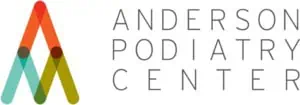
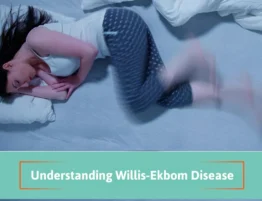
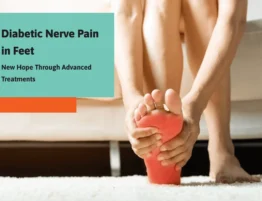

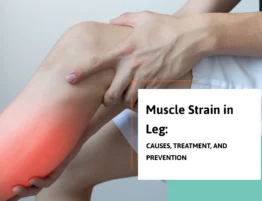
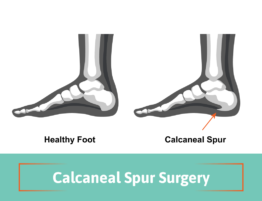

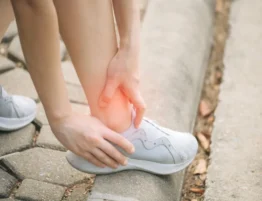

Write a comment: